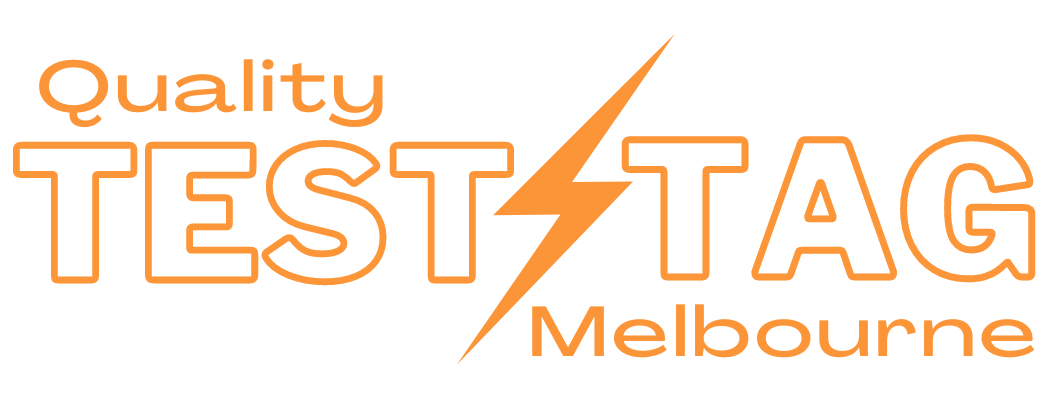Looking for professionals who can ensure the safety of your electrical equipment? You’ll want to know who can test and tag. Well, lucky for you, a few qualified individuals can provide this service. Electricians and electrical contractors, with expertise in all things electrical, are well-equipped to test and tag your equipment. Workplace Health and Safety (WHS) officers who maintain a safe working environment can also perform these tasks. And remember the qualified testing and tagging technicians who have received specific training in this area. So, when it comes to ensuring the safety of your electrical equipment, you can rely on these professionals to test and tag it with precision.
Electricians and Electrical Contractors
If you are an electrician or an electrical contractor, you are qualified to perform test and tag procedures. As an electrician, you have the necessary knowledge and expertise to ensure the safety of electrical equipment in various settings. Test and tag procedures involve inspecting and testing electrical appliances, tools, and equipment to ensure they work correctly and comply with safety standards. This process includes visual inspections, electrical testing, and tagging each item with a label indicating its safety status.
As an electrical contractor, you oversee electrical installations and ensure compliance with regulations. Test and tag procedures are an essential part of your job, as they help identify any potential hazards or faults in electrical equipment, prevent accidents, and ensure the safety of both workers and the general public.
By performing test and tag procedures, you maintain a safe working environment and reduce the risk of electrical incidents. Your expertise and attention to detail are crucial in identifying faulty equipment and taking corrective measures. Additionally, test and tag procedures demonstrate your commitment to providing quality electrical services and ensuring the safety of your clients.
Workplace Health and Safety (WHS) Officers
As a Workplace Health and Safety (WHS) Officer, you also have the authority to perform test and tag procedures. Your role as a WHS Officer is to ensure the safety and well-being of all employees in the workplace. This includes identifying potential hazards, implementing safety measures, and conducting regular inspections. One crucial aspect of your responsibilities is to ensure that all electrical equipment is safe to use. By performing test and tag procedures, you can help prevent electrical accidents and minimize the risk of fire or electric shock.
As a WHS Officer, you have the knowledge and expertise to assess the safety of electrical equipment. You can inspect and test appliances, power tools, cords, and other electrical devices to ensure they meet safety standards. By conducting regular tests and tagging equipment, you create a safe working environment for everyone.
It is essential to stay updated on the relevant regulations and guidelines for electrical safety. This enables you to effectively carry out your duties and maintain compliance with workplace health and safety standards. By working closely with electricians and electrical contractors, you can collaborate to ensure that all electrical equipment is tested correctly, tagged, and maintained.
Your role as a WHS Officer is vital in promoting a culture of safety in the workplace. By actively engaging in test and tag procedures, you contribute to the overall well-being of employees and reduce the risk of electrical accidents.
Qualified Testing and Tagging Technicians
To become a qualified testing and tagging technician, it is essential to undergo the necessary training and certification. This ensures you have the skills and knowledge to effectively conduct testing and tagging procedures. The training covers electrical safety regulations, equipment identification, testing techniques, and record-keeping. Choosing a reputable training provider that offers a comprehensive and up-to-date course is essential.
Once you have completed the training, you must obtain certification to demonstrate your competency in testing and tagging. This may involve passing a written exam and completing a practical assessment to showcase your skills. Certification is typically valid for a certain period, and it may be necessary to undergo refresher training and recertification to maintain your status as a qualified technician.
In addition to training and certification, staying updated on the latest industry standards and regulations is essential. This can be done through workshops, seminars, and conferences, as well as keeping abreast of any changes in legislation.

